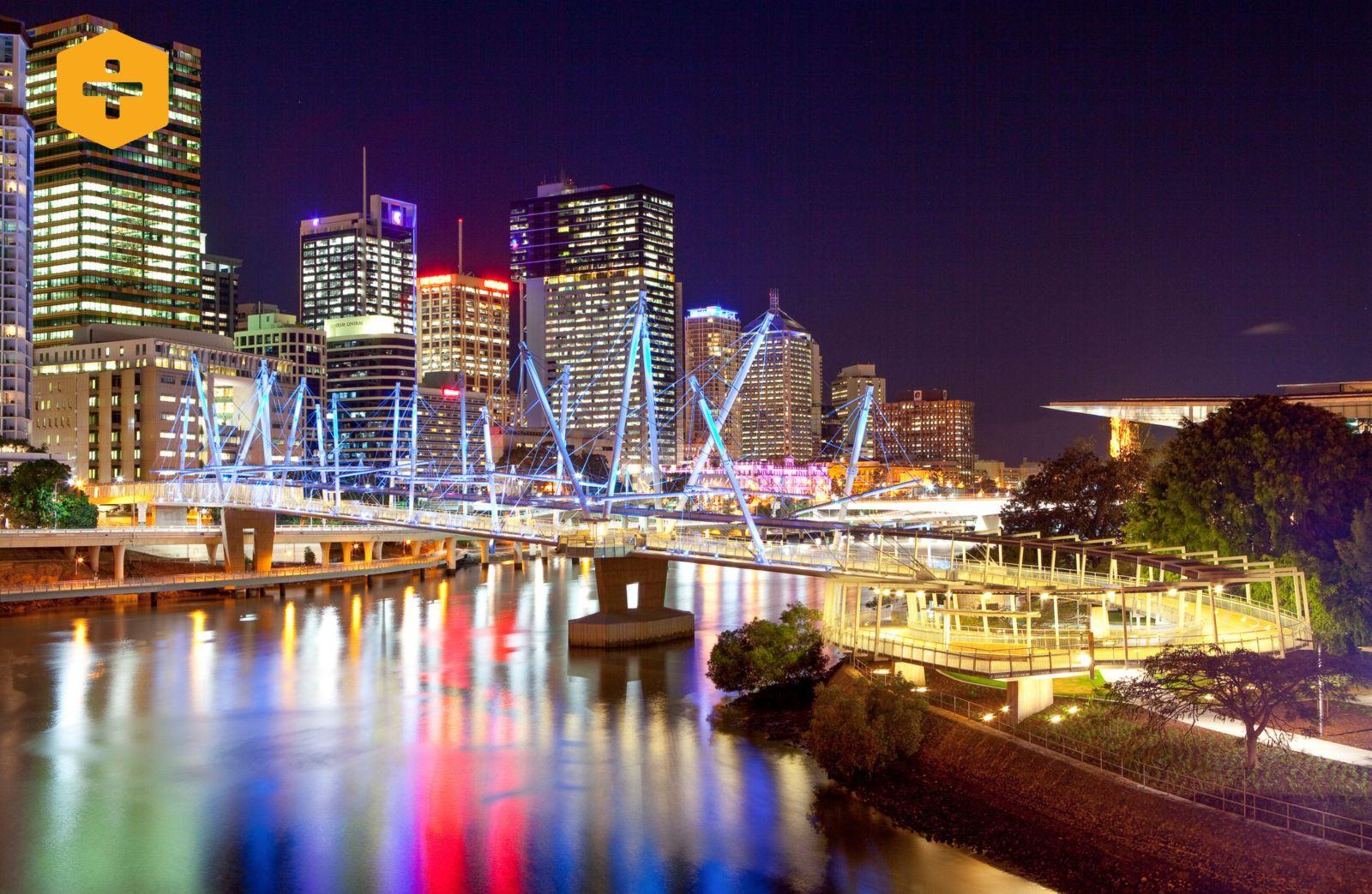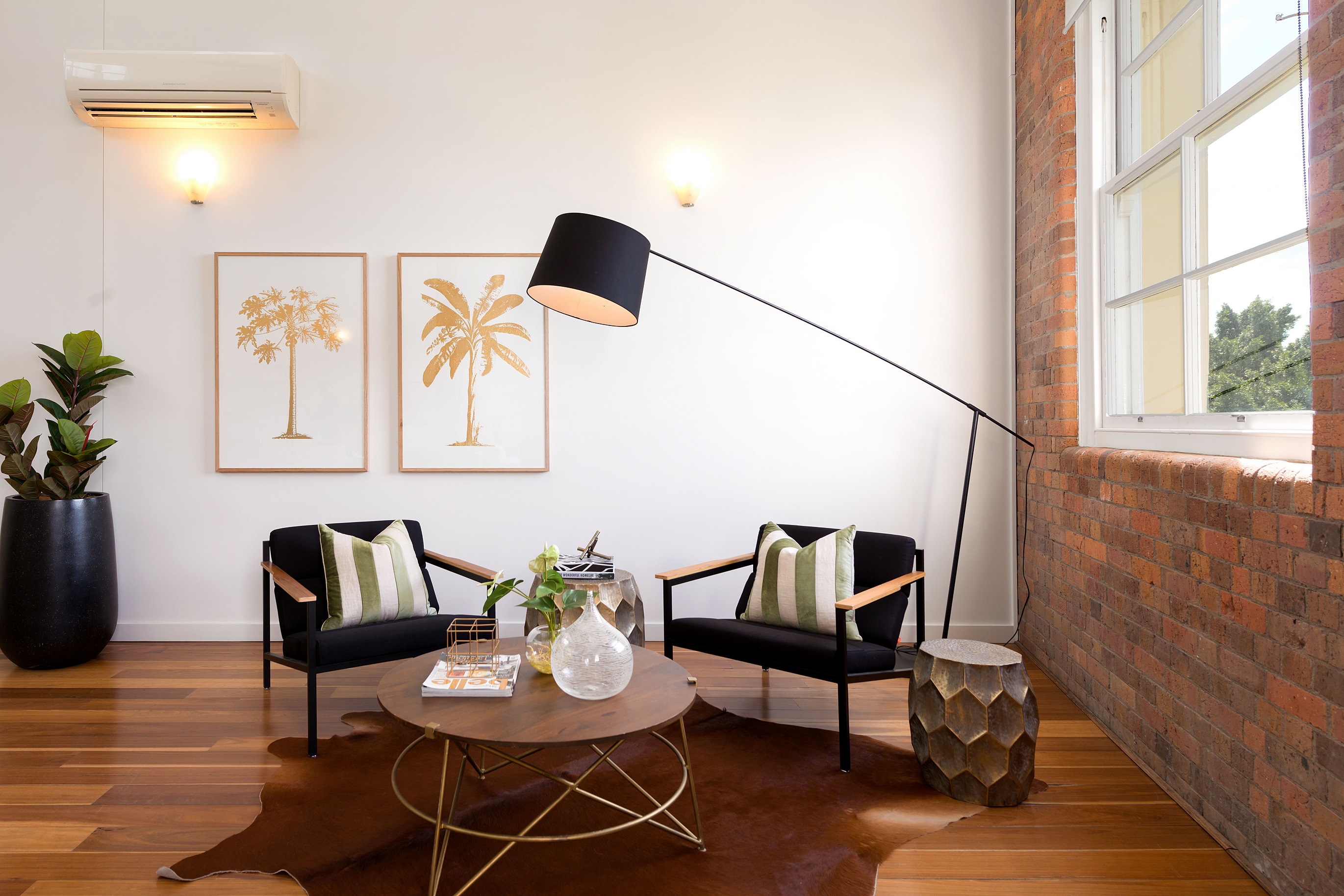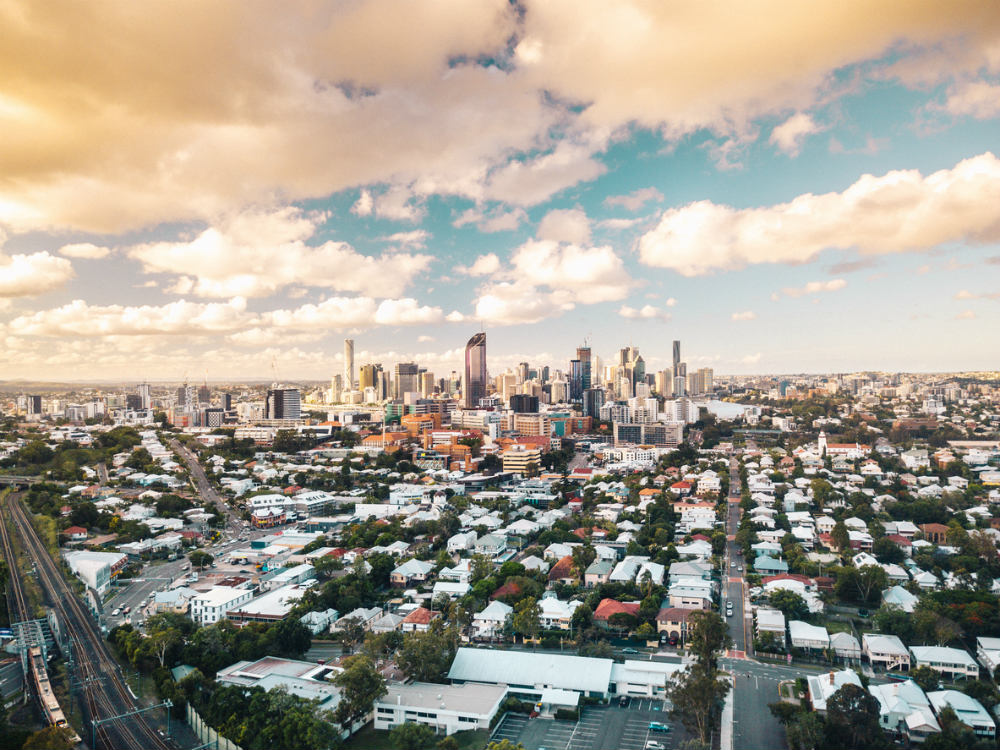
Brisbane City Council’s masterplan for South Brisbane’s Kurilpa precinct could change the nature of the city, according to the city’s property professionals.
The Kurilpa Sustainable Growth Precinct Plan temporary local planning instrument was passed in Brisbane City Council earlier this month and could make way for buildings as tall as 90 storeys if approved by the state government.
It will remain in for up to two years to ensure that any new applications lodged for taller residential buildings in the Kurilpa Sustainable Growth Precinct area meet green design and community benefit standards.
These changes are likely to become a permanent fixture, according to managing director of Brisbane development consultancy Bluebird Property Riye Arai-Coupe.
“Considering the significant efforts invested in creating the Kurilpa TLPI and the likely positive impact it will have on improving housing supply, the benefits will become evident and I expect that the changes will eventually become permanent,” she says.
“Needless to say, this would of course involve further evaluation, feedback from stakeholders, community consultation, and a comprehensive assessment of its effectiveness in due course.”
Kurilpa is the first precinct planning exercise delivered through Brisbane’s Inner City Strategy. It will prompt major change in the typology of buildings on the inner southside and extend what is already there, says senior lecturer in urban and environmental planning at Griffith University Tony Matthews.
“The whole point is to extract as much floor space as possible out of the existing urban land area.
“Buildings might be comparable to the Meriton tower across the river, and we should expect much taller and narrower buildings and this will be quite a visual change,” he says, as calls for more slender towers in Brisbane increase.
Chief executive of developer Goldfields Lachlan Thompson says that the plans for urban renewal would enhance the livability of existing projects such as its 33 Manning apartment project in Milton.
“The best place for high-density development is at the intersection of public transport, employment, and open space. The council’s Kurilpa rezoning strategy nails that trifecta by helping transition the old industrial footprint of South Brisbane into a modern residential, commercial, and retail hub,” he says.
“Goldfields hopes these reforms will help attract more private and public investment into Central Brisbane and accelerate planning application assessments and approvals.
“It is an exciting time for Central Brisbane and we await the release of additional precinct plans for Albion, Woolloongabba, and other important transport hubs.”
Bluebird’s Riye Arai-Coupe says that these precincts provide a major opportunity for developers.
“While there are still a significant number of challenges to effectively unlock new developments in the current climate, the increasing of potential density, together with planning certainty, will assist in improving the viability of new developments,” she says.
“This is particularly welcomed at a time where developers are otherwise struggling to balance design and planning parameters with ongoing construction cost escalation.”
Wolter Consulting Group executive director Natalie Rayment, who spoke at The Urban Developer Brisbane Residential Summit earlier this month, said it was part of the council’s aims to develop workable and livable precincts.
“The council drafted a local planning instrument, Walkable Brisbane Strategy, which aims to create the 15 minute city concept and pump lifestyle amenities into each key neighbourhood,” Rayment said.
“There’s about eight significant precincts that have been identified to roll out.”
Green credentials
Under the plan, residential building above existing heights will be required to meet the Green Building Council of Australia’s five-star Green Star rating and include more greenery, as a result of the introduction of a higher green plot ratio.
“What they are doing is saying they want better environmental credentials, in part, to offset to concerns about the extra height,” says Griffith University’s Tony Matthews.
“They want people to know that ‘we’re going to build tall but high quality’.”
It has also been suggested that the remaining industrial areas of the Kurilpa precinct, focused around Montague Road, will be phased out as part of plans to turn the area into a ‘world class cultural district’.
Hope Street will be a destination for dining, entertainment and retail in combination with public space under the rail viaduct, linking Melbourne Street to the redevelopment on the key development site between Montague Road and the river.
This move away from industrial marks the end of an era, according to Matthews.
“It was heavily industrial before the Parklands were built. Everything that has happened there since has been posti-ndustrial urban development and the area around Montague is the last of the industrial development there.
“It’s just not suitably located anymore in terms of transport to have that level of industrial development.
“In a sense you can look at it as the final piece of urban renewal tapestry.”
Goldfields’ Thompson says that the changes in sustainability requirements will help Brisbane compete with Melbourne and Sydney, and will also mean higher taxes and valuations, inevitably changing the makeup of the suburb.
“Linking sustainability requirements with height limits is an innovative reform, which will help Brisbane catch up with the Green Star market credentials of Australia’s southern capital cities. The reform will also allow local property offerings to better compete on national and international markets.”
“The rezoning of local land and height limits will trigger significant property revaluations resulting in higher values and land tax bills for landholders. This will likely accelerate the departure of industrial and other low-density landholders.”
Anti-sprawl approach
The changes were first announced earlier this year as part of the council’s Sustainable Growth Strategy, which Lord Mayor Adrian Schrinner called its “anti-sprawl approach to housing”.
One of the major issues Schrinner raised this year was that “going up in height levels in Kurilpa is an alternative to all the greenfield development” as it aims to deliver 10,000 homes in the area.
“Most councils are meeting their housing outcomes and targets set by the state government through greenfield development, most councils around us are doing that. We’re taking a different approach,” he said at a council meeting this month.
These are lofty ambitions, but potentially do not engage with the complexity of the issue, says Griffith University’s Tony Matthews.
“This is seen as a classic binary planning choice: we can go up or out, or, if you don’t want urban sprawl then you want urban density, and that means you have to have height–but it’s much more complicated.
“What’s missing is the preference of the people who live in the space.
“The reality is that there’s a lot more to be taken into account of, including things like buyer preference and where they are willing to live. Not everyone wants to live in the inner city, often there’s a lot of reluctance for families to live in apartments as well.”
Goldfields chief executive Lacklan Thompson says that while the rezoning of Kurilpa will continue to transition Central Brisbane into a residential, employment and social hub, it would take years before it reaches its full potential.
“The Docklands in Melbourne was rezoned last century and it is still a work in progress,” he says.
When it comes to developers, there’s also the question of appetite for a major project such as this, when they are already facing interest rate and construction industry-related pressures.
“The most significant challenge for the delivery of larger residential towers in South Brisbane will be the availability of appropriate builders and subcontractors for these larger projects,” says Arai-Coupe.
“But we are facing this challenge across the entire industry.
“To support the delivery of housing, which is now a well-discussed issue across the State, we need to look to broader planning and tax reforms, to beyond our borders to increase our construction labour force, and to proactive and collaborative industry innovation.”
But the fact is, that Brisbane City Council is running out of land rapidly, said Griffith’s Tony Matthews, a symptom of its move away from a country town, and the Council are attempting to alleviate this pressure.
“The council know more people want to live in Brisbane and are keen to accommodate them, but so much development has already happened at scale and density, so they have to tap into what they have.
“Brisbane hasn't been a sleepy country town in 10 years. It’s an active metropolis and one of the fastest growing in population terms, and it will never go back to that.”
*This post was originally published on https://www.theurbandeveloper.com/articles/brisbane-height-limits-council-masterplan-kurilpa-queensland




